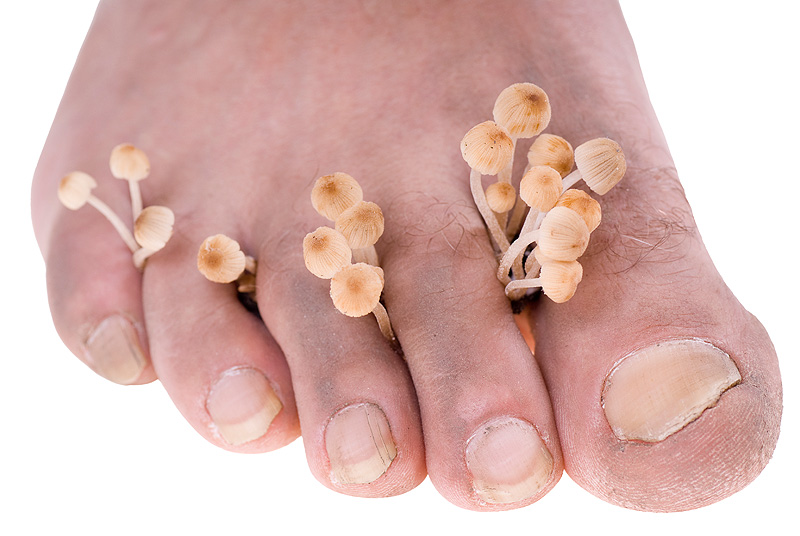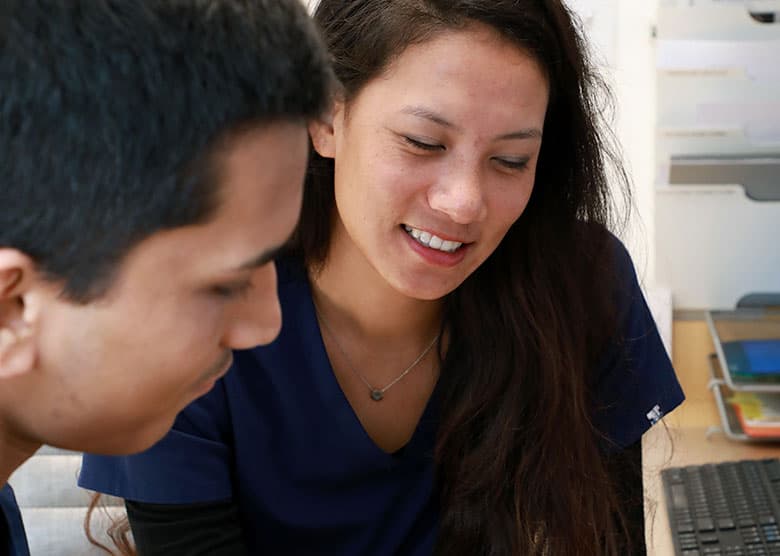Athlete’s Foot. But I’m Not Even an Athlete!…

Athlete’s foot is the most widely recognized fungal infection of the skin and despite its name, isn’t a condition that just athlete’s get. Athlete’s foot is a fungal infection of the foot and it regularly begins between the toes. The condition is closely associated with ringworm plus jock itch and can be especially itchy.
Soggy socks and shoes as well as hot and humid conditions elevate the development of the fungus. While the name suggests it, the condition really has nothing to do with being an athlete. The condition for the most part occurs in individuals who consistently have sweaty feet in which confining, tight-fitting shoes are often the culprit. Athlete’s foot regularly causes a scaly, red rash. The rash begins between the toes, and itching is worse as you remove your shoes and socks. The fungus sometimes causes blisters or ulcers and may also prompt dryness and scaling on the soles and sides of the feet. athletes_foot_pqAs basic of a condition as foot fungus is, it has an assortment of ordinary treatments. Dermatologist can affirm your diagnosis and will also help you decide the best way of treatment relying upon the severity of your condition. Typical treatment involves over-the-counter creams or a prescription drug. Most cases of athlete’s foot can be dealt with at home using an antifungal solution to kill the fungus or slow down its growth.
Nonprescription topical antifungal agents are often used first. There are many different brand names and these have one of the following active ingredients:
- clotrimazole
- terbinafine
- tolnaftate
- miconazole
Prescription antifungals might be attempted if nonprescription medicines are not successful or on the other hand you have a severe infection. Some of these medicines are topical antifungals and others are pills. Examples incorporate one of the following active ingredients:
- butenafine
- clotrimazole
- naftifine
- itraconazole
- terbinafine
- fluconazole
Regardless of the fact that your symptoms enhance or stop shortly after you start using antifungal prescription, it is imperative that you finish the full course of drugs. This increases the chance that athlete’s foot won’t return. Reinfection is common, and athlete’s foot needs to be completely treated every time symptoms develop.









